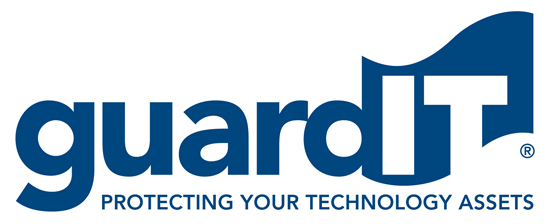By Jeff Hotz, CEO, TESTCo: A Software QA Company
All technical terms aside, consider for a moment that the software source code, data and build instructions (collectively, the escrow “Deposit Materials”) in your escrow account are like the ingredients and recipe for a cake. Here’s an analogy:
Your family loves the cakes from your local baker and you want to make sure that you can continue to enjoy them if, for some reason, the baker can’t bake them anymore. The baker would never give you the recipe, because it’s a proprietary family secret. It’s what made the bakery famous. So, you ask the baker to store a copy of the recipe with a trusted third party so you can have access to it if something happens to the baker.
Now, you’d probably assume that the copy of the recipe contains ALL of the necessary notes, shortcuts, secrets and tips needed to bake the cake exactly like the baker did. Maybe it does. On the other hand, if it’s only the baker’s shorthand version, it won’t be very helpful when you need it. Problem is, nobody ever tested the copy of the recipe to know how accurate the instructions are – or whether it’s even a cake recipe.
If you ever need to bake that cake yourself, will your copy of the recipe be sufficient or successful? If the answer isn’t a confident “yes”, then a run through the test kitchen is in order.
Enough of the cakes, let’s talk about the critical sales or operations software that you use to run your business. If something happens to your software creator and an escrow “release condition” occurs, you don’t want the source code and data. You need the critical sales or operations software performing the tasks necessary to run your business. If you can’t actually rebuild the software into a working component, the Deposit Materials are of little use or value.
The Deposit Materials comprise all of the parts and instructions needed to assemble and operate the software in the event you have to do it yourself, but it’s not the actual software. There are specific parts you must have and detailed procedures you must follow to create a working “piece of software”.
The possibility that the Deposit Materials “won’t work” is a common objection to software escrow, but we’re here to validate it and make it a vital part of your best IT practices.
The good news is that we have a “test kitchen” and our independent software engineers can verify the Deposit Materials to ensure that they actually create a working copy of the software.
Today’s business software is complex and complicated.
It’s complex because it typically contains thousands of separate components that interact with and rely on each other. It’s complicated because the order of its assembly and the arrangement of its components are absolutely critical. If one tiny step or piece is omitted, assumed, forgotten or executed in the wrong order, the whole system will fail to build and operate as intended.
The list of possibilities that can go wrong when assembling (rebuilding) software is very long and there is only one correct way to successfully rebuild it. Without the correct list and confirmation, or testing, you won’t know whether the software will rebuild and perform properly.
Software verification is really pretty simple and easy (for the testing experts).
Deposit verification is a service that independently confirms the accuracy of an escrow deposit. The key word here is “independently”, because the escrow agreement usually prohibits you from doing it. Like the escrow itself, the third-party nature of the deposit verification is what gives it so much value.
Besides, the first round of verification can sometimes be messy and frustrating if a bunch of steps or parts come up missing.
Here is how deposit verification works:
- Contact us to request an escrow deposit verification (consent is already covered in the software escrow agreement).
- We’ll ask the software developer to complete a brief questionnaire to help us, and we’ll do a quick review of the deposit materials and build instructions. From this, we’ll give you an estimate of the time our software engineer will need to complete it.
- With approval of the estimate, we’ll unpack the Deposit Materials and begin assembling the components, following the build instructions line by line.
- If we discover missing components or instructions, or other errors, we’ll work directly with the software developer to retrieve the missing parts or clarify/complete the instructions. All identified/resolved blocking issues are documented.
- In finalizing the successful rebuild, we’ll update the instructions and inform the software developer of our independent recommendations for the next escrow deposit update.
- During the project, we’ll host daily calls and post our work status, progress, blocking issues (if any) and open questions to keep everyone informed.
- We’ll issue a final report to all parties describing our findings and recommendations.
With a successful escrow deposit verification, you can rest assured that your escrow Deposit Materials will be complete and useful if or when you need them.
It's really a piece of cake!
